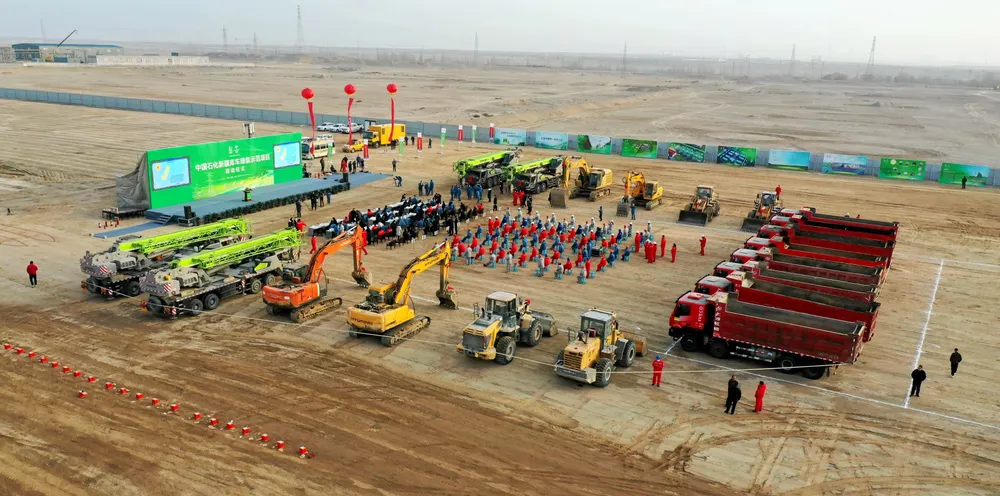Inside China’s 260MW behemoth | How 'green' is the world's biggest green hydrogen project?
Sinopec scales back the Kuqa facility’s dedicated solar array, raising questions over how it will source the remainder of its electricity in coal-heavy Xinjiang
